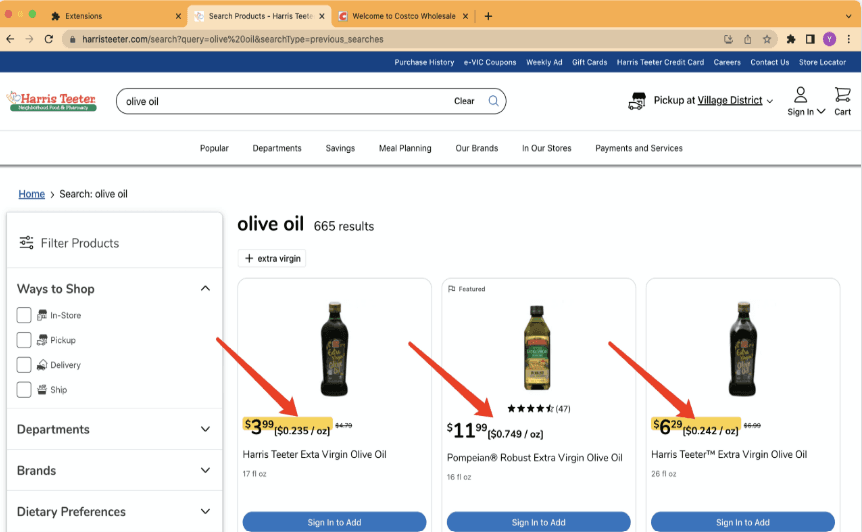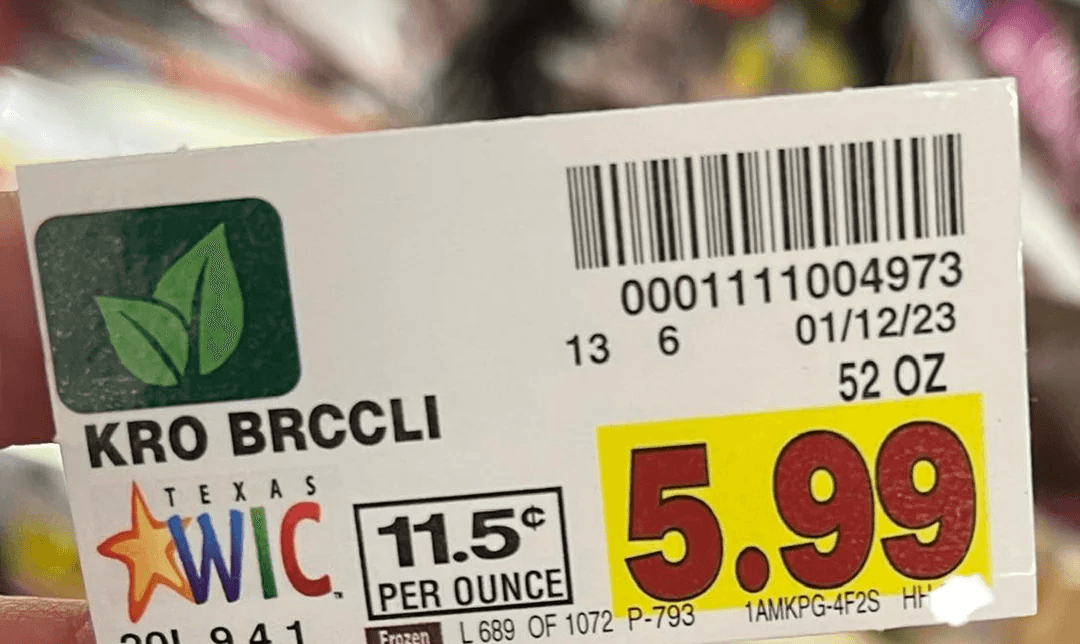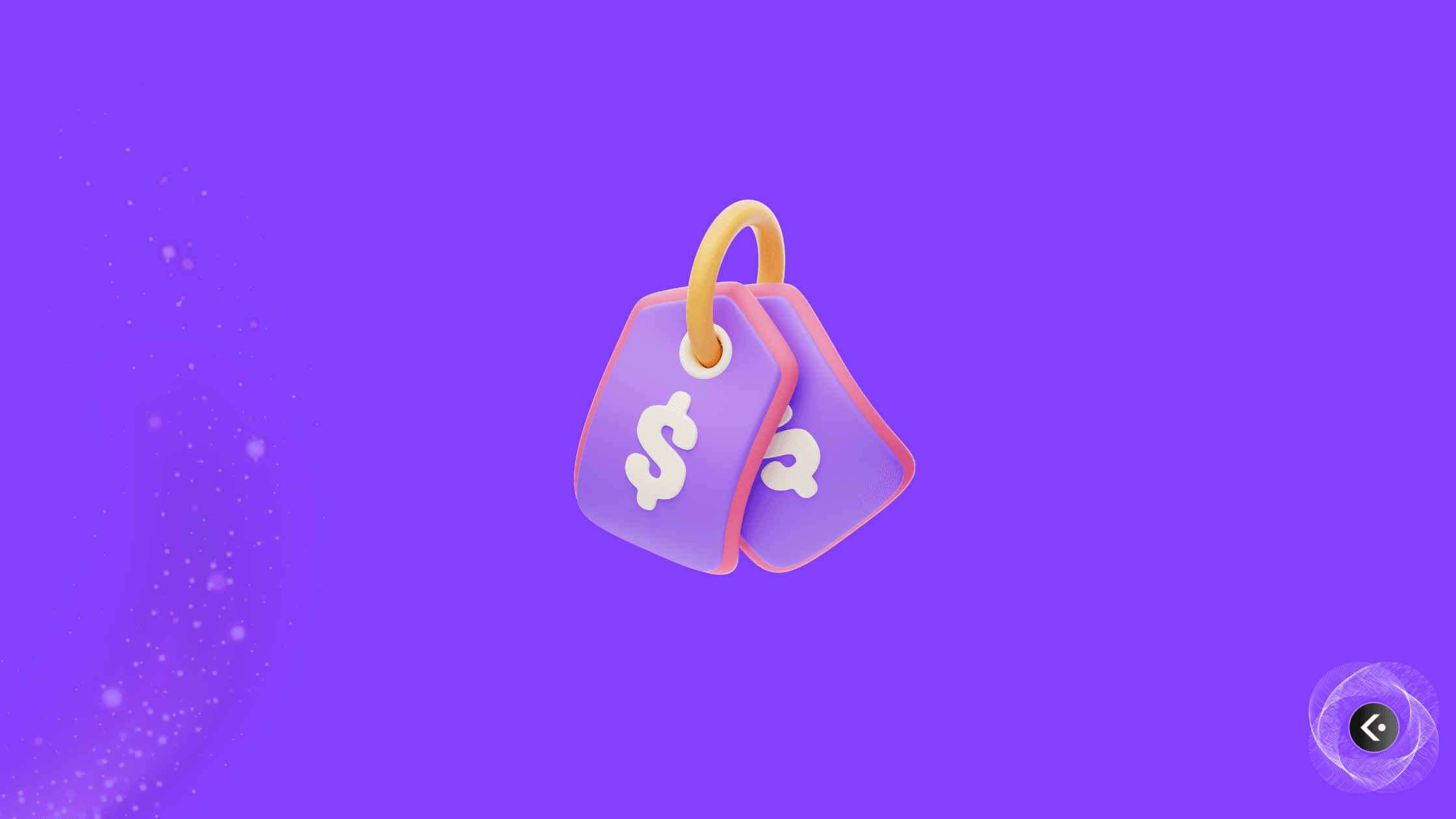How Unit Pricing Improves Your Shopping Experience
Why is figuring out the unit price of something useful when shopping? The short answer is it allows customers the compare the products and get the best value for reserved money.
The Ever wondered how the Johnsons next door earn less than you but seem to have their finances figured out? Could it be inherited wealth, luck from a lottery, or prudent money management? In most cases, it tends to be the latter. As consumer reports show rising inflation, it’s driving up smart spending. It’s not uncommon to see shoppers today working off their phone calculators as they move from one aisle to the other. Which brings up the question: “Why is figuring out the unit price of something useful when shopping?” Knowing the unit price helps savvy shoppers evade market tricks and better manage their budgets. It also saves you time and simplifies the process.
Read more: Find out how Acero Padel increased traction by 25% with Lookfor
What is Unit Price?
The unit price of a product or service is based on a standard measurement unit, such as volume, weight, or length. Consumers can compare pricing to get the best value for money. The Competition and Consumer Act 2010 mandates labeling the unit prices of products—cost per gram/kilogram/litre. This standard unit of measurement helps shoppers easily compare the cost-benefit of buying a product without being swayed by its brand name, quantity, size, and packaging. At times unit pricing information is included in the shelf label. Special catalogs also display the unit prices helping shoppers compare with full-priced items and decide if the bargain is worth it.
Make easier comparisons
Knowing the best price helps you compare products easily. For example, let’s look at regular shampoo. A 500-ml bottle costs $10, and a 750-ml bottle is at $15 both with both having a unit price of $0.02 per ml. Alternatively, a 300-ml bottle costing $8 will have a $0.027 per ml unit price making it the least affordable of the options.
Smart budgeting
Smart shoppers stay within budget while getting most if not all of the items on their wishlist. Unit prices help when comparing different products to get value for money with purchases. No better feeling than hard-earned income delivering a bang for the buck.
Avoid marketing tricks
Retailers have perfected ways of driving up impulse buying. Shoppers are offered a great price on a time-constrained time frame. Unfortunately, the fear of missing out on a deal (FOMO) often results in buyer’s remorse. Much of the inconvenience can be avoided if you focus on the unit price to sidestep the marketing ploys. Here are some of the top marketing tricks:
Smaller packaging—seems cheaper but the unit price tells a different story.
Volume discounts—bulk discounts or coupons can sometimes make it seem like you're getting more for less, but always check the unit price to make sure you're saving.
Promotional offers—promos on certain items like “buy one get one free” can be deceptive. Figuring out the lowest unit price of the product can prevent you from marketing ploys.
Varied package sizes—sometimes items with larger package sizes might seem like the better deal until you figure out its unit price and see otherwise.
Branded vs. store-brand products—branded products tend to be an expensive option as the marketing cost is factored inside or they give the perception of superior quality. Sometimes, store-brand items deliver similar products at a much lower price point. Checking the unit price helps a shopper see through the branding to get the best value for their buck.
Read more: The Shopping Cart Theory: Are you a Good Samaritan?
Environmental and ethical factors
We can look at this example: A buys a kilogram of eco-friendly fair-trade rice and B goes for regular rice. While B seems to be the cheaper option, from an environmental sustainability angle, it's different. Eco-friendly rice farming doesn’t consume harmful pesticides and boosts the soil health of other living organisms not to mention the safe working conditions and fair wages for workers. Despite an extra unit price of $1 spent, A has a bigger positive impact on the bigger picture.
Assessing quality
At times the cheapest price is not always the best option. We can use an example of two laundry detergents, a small 64-ounce bottle at $8 and a large 100-ounce alternative at $12. While the smaller one seems cheaper from the price tag, it has a $0.125 unit price per ounce which is costlier than the other at $0.12 per ounce. Meaning you save more by opting for the larger bottle. Knowing the unit price also helps in determining if you are getting the same quality at a lower price per unit or paying more for the brand name.
Saving time and effort
Figuring out the unit price of items gives customers the information to make smart choices. Shoppers can use emerging technologies on ecommerce sites like Lookfor an AI-powered comparison chatbot to compare different items in record time. Awareness of unit prices helps when navigating shrinkflation.
Read more: Steps On How To Build A Morning Skincare Routine
Practical uses in different shopping scenarios
Let us look at some shopping scenarios where customers benefit from calculating the unit prices while shopping. No matter the product, the end game is to get the best for less. It not only saves you time and money but keeps you within budget.
Grocery shopping
When going about your weekly grocery shopping unit prices can help you make the right choices. When comparing oranges by the pound or canned tuna by the ounce, how much do the unit prices vary?
Household items
Whether you are shopping for personal care products like shampoos, deodorants, and conditioners, cleaning supplies like laundry detergent, or paper products like toiletries, there are tons of alternatives out there. Given their frequent use and fast-moving nature, they are always a staple in every shopping budget. Make the right choices by calculating the unit prices as you compare. It will help you evade misleading promotions or offers that can result in buyer’s remorse.
Online shopping
At times you are just searching for a specific item online. There are aggregation apps, tools, and websites where you can compare different prices. This will save you time and money calculating unit prices on the go.
Read more: Purpose of Comparison Shopping: Why It Matters
Calculating unit price
The process is quite straightforward. Below is the formula:
Unit Price = Total Price / Number of Units
Tools and resources
Here are some tools and resources to help shoppers calculate and compare unit prices.
Shoppers using a Chrome browser can install this extension which automatically calculates the unit price of items when shopping online. It displays unit price tags where product listings are making it easier for shoppers to compare unit costs.

Unit Price Comparison Calculators
Smartphone-accessible unit price calculators help users quickly calculate unit prices and quantities of multiple products to find the best value. They are helpful to both online shoppers and anyone walking into a grocery store.

Photo by freestocks on Unsplash
Store Labels
Supermarkets such as Kroger now display unit price labels beneath each product. Shoppers can see what works best for them without having to do calculations manually.

Source: Reddit
Conclusion: Is unit price shopping worth it?
Once you start factoring unit prices into your shopping, you feel more confident when making purchasing decisions knowing you are fully self-aware of the cost per unit. Product comparison shopping assistants like Lookfor can help you narrow down several products of choice upon which you can calculate their unit prices to narrow on preferred item then simply checkout. Shopping has never been more quicker and convenient.




